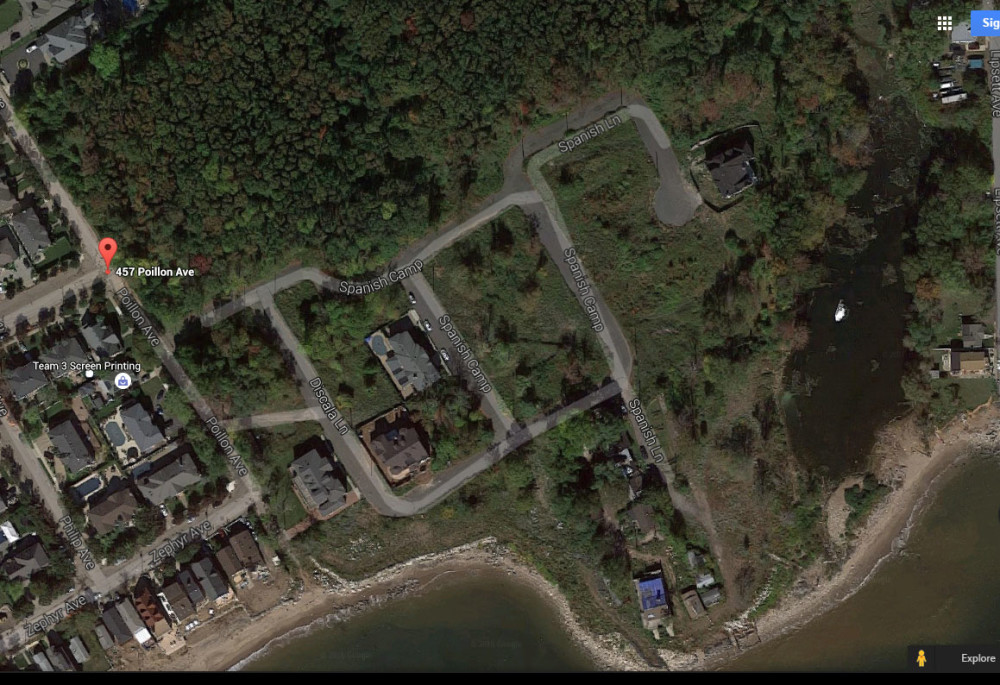Dorothy Day Historic Site, Staten Island
Address 457 Poillon Avenue
LPC Action: Calendared in 2001
LPC Backlog Hearing: Denied
In 2001, after the demolition of several cottages, including that of Dorothy Day, founder of the Catholic Worker movement, the Landmarks Preservation Commission calendared the remainder of the site.
Despite the cultural and religious significance of the cottage inhabited by journalist and social activist Dorothy Day at Spanish Camp, its demolition after an intense preservation battle in the late 1990s and early 2000s unfortunately means there is no longer a building to designate. While the Spanish Camp is a site with multiple layers of significance, the new construction in the area has obliterated the natural setting and modest cottages. This unhappy preservation saga should stand as a warning against making non-binding agreements with real estate developers in the attempt to protect buildings.
LPC Statement of Significance:
The social activist Dorothy Day (1897-1980) first moved to Staten Island's south shore in 1924. She gave birth to her daughter, Tamar, in Staten Island in 1927 and had her baptized at a local Catholic Church, where Day was received into the Church on December 28, 1927. In late 1932 Day met Peter Maurin, and they founded the newspaper, The Catholic Worker. The first issue was distributed on May 1, 1933, which cost a penny and the paper explored pacifism, anarchist utopianism and Catholic social thought through essays and articles. That same year Day and her followers established a social movement of the same name and opened a soup kitchen and later hospitality houses to feed and shelter the poor.
Throughout her life Dorothy Day maintained strong ties to Staten Island's south shore, living intermittently in a series of properties. she repeatedly stated her fondness for Staten Island and particularly its beaches. In the 1970s Day's doctors recommended that she take more time off. In 1972, the Catholic Workers bought at least three cottages in Spanish Camp. Spanish Camp was created by the Hispanic Naturopath Society, which was founded in 1928 and established a tradition of renting beachfront property where members lived communally in tents set up on wooded platforms during the summer months. In 1948 the Society bought 17 acres on Raritan Bay at 457 Poillon Avenue and erected over 50 bungalows and a communal hall.
Day was probably attracted to Spanish Camp because of its communal lifestyle and modest beachfront setting. Day called Spanish camp her "oasis" and spent six summers there and all of 1975 before her death in 1980. Day's cottage was typical of Spanish Camp structures in its modest, cramped rooms, synthetic siding, the outhouse, and simple wooden platform where she looked out at the bay. The foundations of the cottage as well as those of the wooden house next door belonging to friends that she frequently visited are included in this site. Day is buried on Staten Island. One of the four remaining cottages was owned by Catholic Workers and Day frequented the house.
